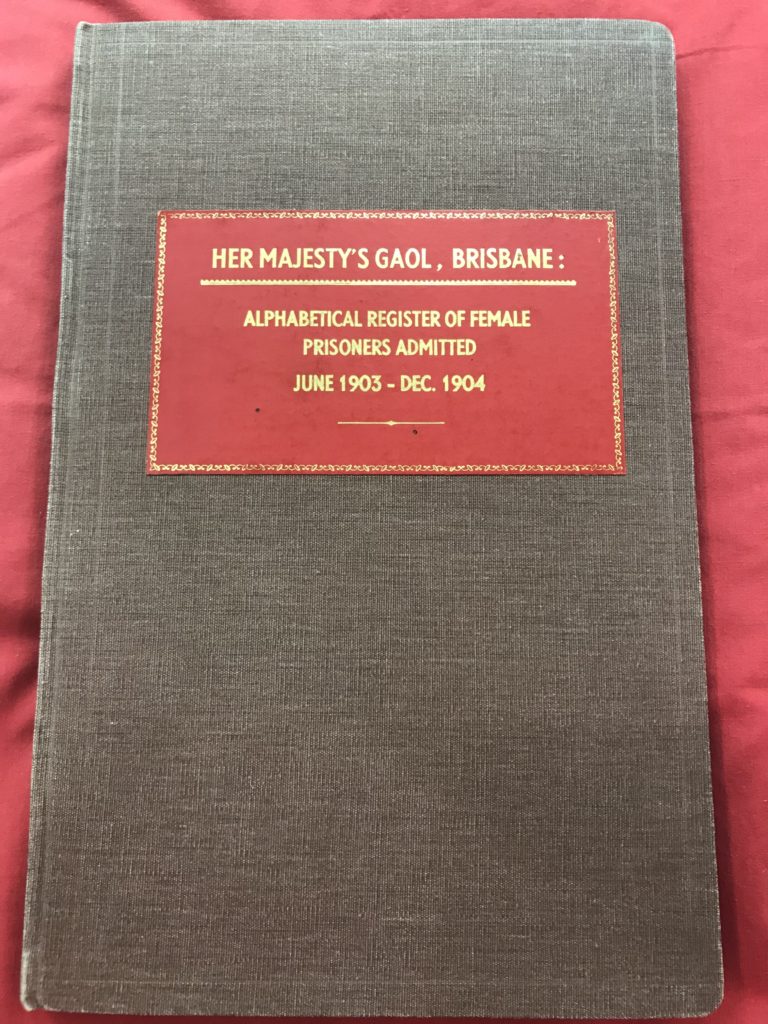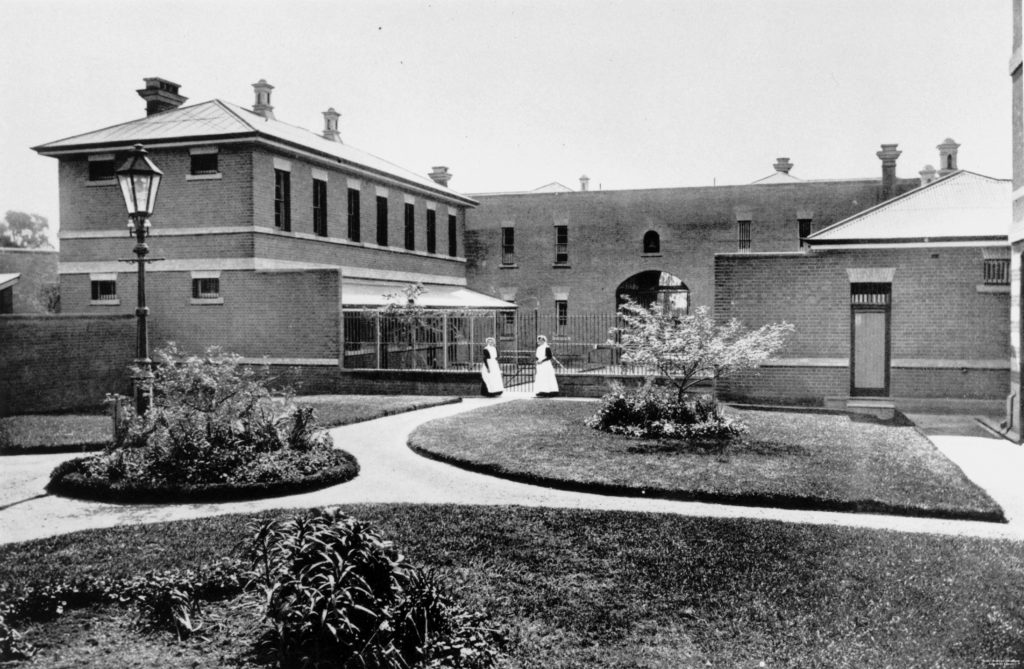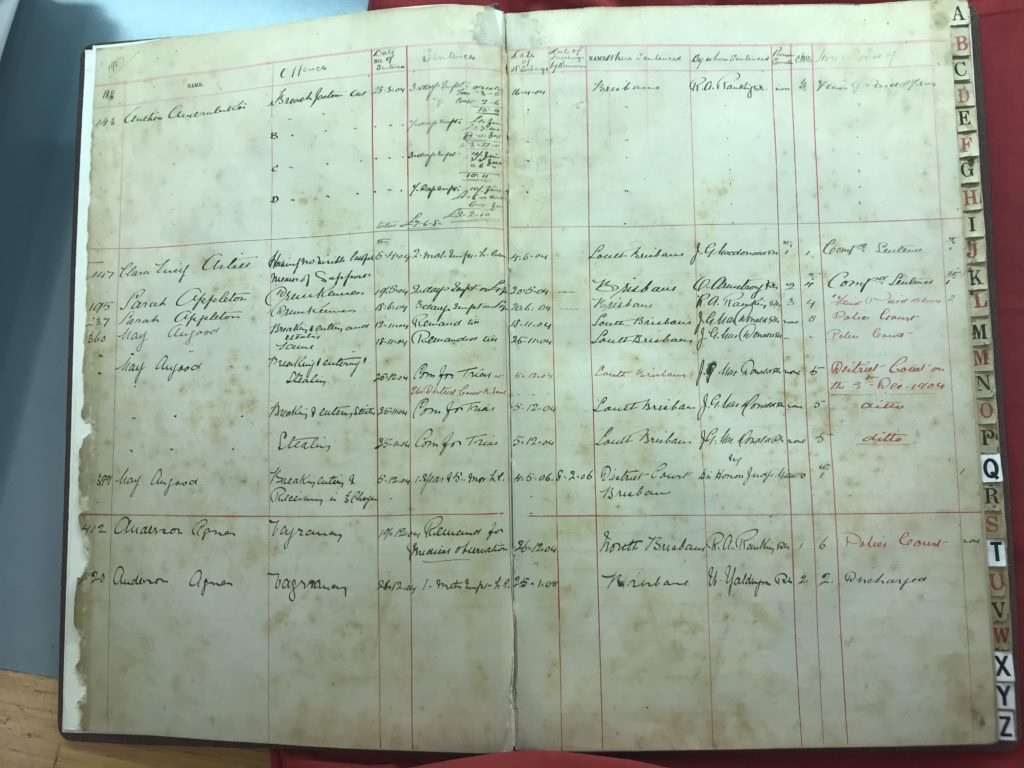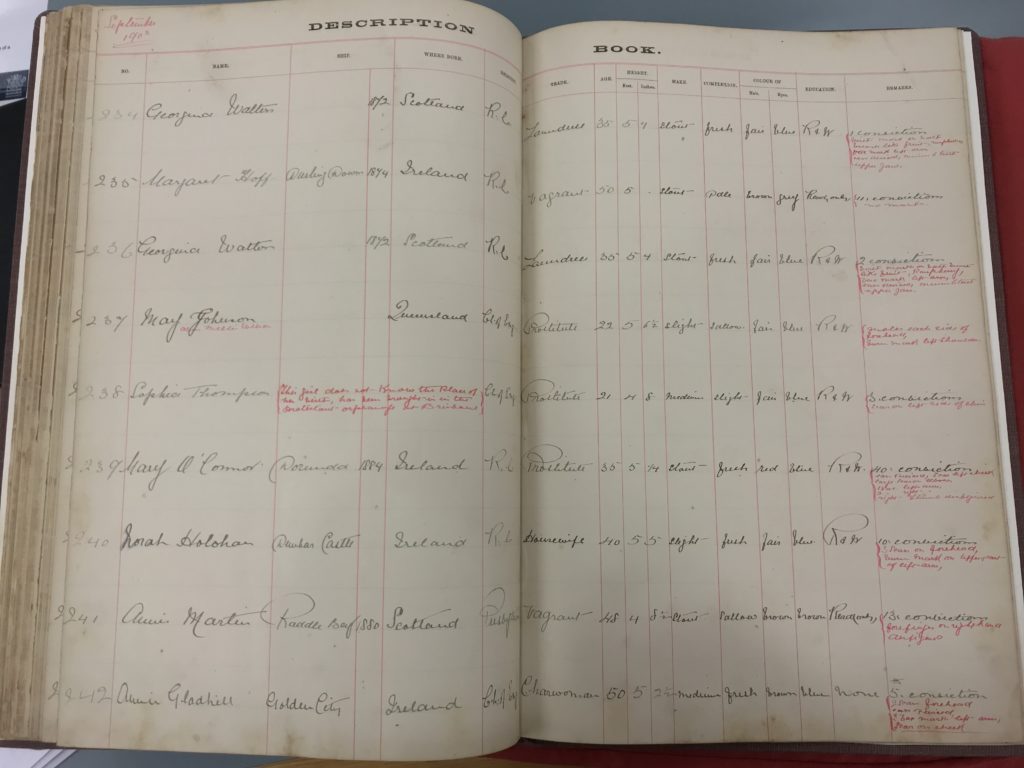From the Archives – HM Prison for Females
- On : 1 June, 2018
- By : Boggo Road Gaol
- Category : Stories
- View : 2366
From the Archives – HM Prison for Females
His Majesty’s Prison for females (later known as number 2 division Boggo Road Gaol) operated from 1903 to 1921 before being moved to other buildings on the gaol reserve. Each month the prison players bring to life the female division of Boggo Road Gaol.
This Sunday why not escape the 21st century and experience it for yourself?
From the Archives – HM Prison for Females
His Majesty’s Prison for females (later known as number 2 division Boggo Road Gaol) operated from 1903 to 1921 before being moved to other buildings on the gaol reserve. Each month the prison players bring to life the female division of Boggo Road Gaol.
Coinciding with the Prison Players performance this Sunday we would like to make mention of a series of records that has become invaluable to adding colour to the performances.

Sadly these records are far from a complete series; however they do cover the initial period where the women were housed in what we now know as number two division Boggo Road Gaol, the only remaining portion of the gaol.
The admission register lists the basics on the prisoner for each admission that they make to the prison. This record is arranged by alphabetical order by surname and then in numerical order by year (for example: 243 /1903 Smith, Agnes) this record goes on to record the sentencing information, the location of their trial, the magistrate that heard the case, and even how the prisoner was disposed of. (For example: how much of their sentence did they serve and their release date)
The description book lists the basic information about each prisoner, such as their full name, place of birth, any aliases that they may be using. Physical information such as their weight, height, eye colour, skin tone and build are also recorded. In some records their level of education and occupation is recorded as well as any prior convictions that the prisoner may have.
As you can see, for the researcher these records give a picture of the prisoner at a time where photographs were not taken. Therefore they become an essential part of the story of Boggo Road Gaol.
The research team hopes that this gives the reader an idea of the types of records that are available for specific research on a particular prisoner in Boggo Road Gaol.
So when you get the opportunity to see the prison players in action, you can understand the level of research that goes into providing the most immersing and accurate portrayal possible.
This Sunday, why not escape the 21st century; leave behind the cars, air conditioning, electricity and modern technology. Bring along the family and show them what life was like before all of the modern conveniences and even some of the things we see as basics to everyday. Click here to secure your tickets.
This article was contributed by Research Coordinator Sue Olsen as part of the ongoing research program for Boggo Road Gaol Pty Ltd. The aim of the program is to bring to light and share articles relating to Boggo Road for the purposes of review and study. Do you have a story to share or something you would like us to know about? You can contact the research team here.



